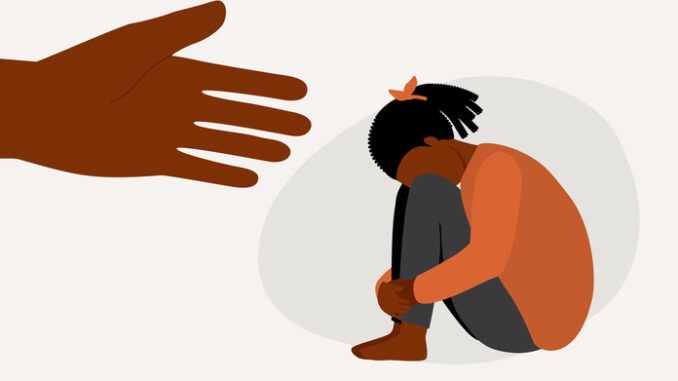Near to the end of last year, NHS England (NHSE) unveiled a comprehensive study delving into the mental health of children and young people in 2023. By assimilating survey responses from both young individuals and parents, alongside valuable input from clinicians, NHSE has crafted estimates highlighting ‘probable’ and ‘possible’ mental health disorders. In this article, we dive into overarching trends in mental ill-health prevalence and dissect the inequalities and implications that emerge
CREDIT: This is an edited version of an article that originally appeared on Education Policy Institute
Since 2020, the government has annually disseminated data on the prevalence of diagnosable mental health issues among the youth, with the most recent pre-pandemic data dating back to 2017. The freshest figures underscore a poignant reality – one in five young people aged 8 to 25 grapple with a probable disorder, equating to approximately four pupils in an average secondary classroom. This marks a substantial surge from 2017 when prevalence hovered at about one in eight. Despite governmental injections to tackle post-pandemic challenges, these statistics underscore that the surge in mental health problems triggered by the pandemic remains an enduring concern for today’s youth.
Age dynamics: Peaks and valleys
Unveiling a nuanced picture, the prevalence of mental health problems exhibits age-related variations. Younger children, aged eight to ten, experience the least prevalence at 15.7 percent, with a consecutive yearly decrease in this group. Conversely, the prevalence peaks among 17- to 19-year-olds, with an estimated 23.3 percent grappling with a mental health disorder. Notably, this year’s data accentuates that mental health issues among teenagers persist at levels higher than pre-pandemic times.
Gender dimensions: A stark disparity
The gender dimension in later adolescence and early adulthood casts a stark contrast in mental health disorders, with twice as many girls facing probable disorders compared to boys. While childhood rates show parity, a divergence emerges in adolescence, with the gap widening over time. Shockingly, nearly a third of women aged 20 to 25 are likely to experience mental illness, with a significant portion having engaged in self-harm. Unravelling the complexities behind this gender gap, including the role of social media, necessitates deeper research into the biological, psychological, and social factors shaping this divergence.
The data underscores glaring inequalities in mental health outcomes across socio-economic measures. Young individuals with probable mental illnesses are nearly three times more likely to have parents struggling with overdue bills (18.7 percent versus 6.8 percent without a disorder).
The implications of the persistent surge in youth mental health issues demand astute attention from school business leaders. Government plans to bridge the gap between needs and resources fall short, with only a minority of affected young individuals accessing treatment. The prolonged waiting times for assessment and the uncertainty surrounding treatment effectiveness pose substantial challenges. The government’s overarching strategy, yet to be updated post-pandemic, requires a robust overhaul to tackle the escalating rates of mental illness in children and young people. As the seeds of many lifelong mental health issues germinate in this early phase, investing in the well-being of children and young people becomes an imperative call to action for school business leaders.
As government plans fall short, with only a minority of affected young individuals accessing treatment, investing in the well-being of children and young people becomes an imperative call to action for schools. It’s more important than ever for school leaders to foster a supportive environment, integrate mental health education, train and support staff, and promote work-life balance to address youth mental health challenges comprehensively.




Be the first to comment